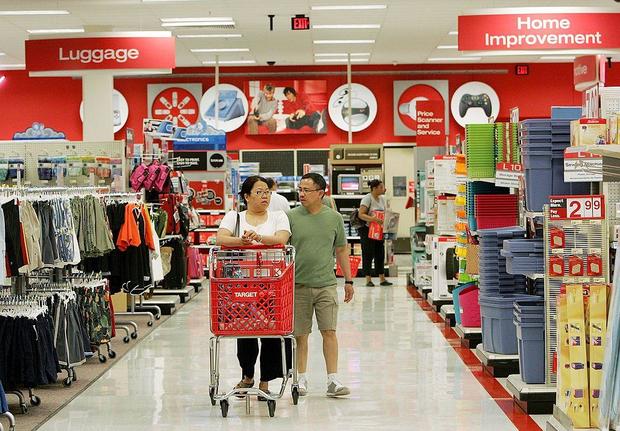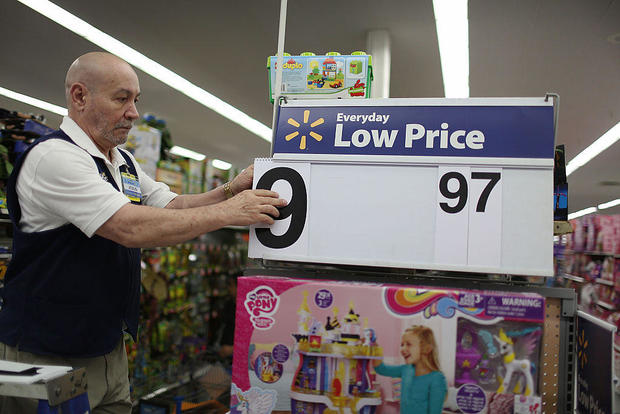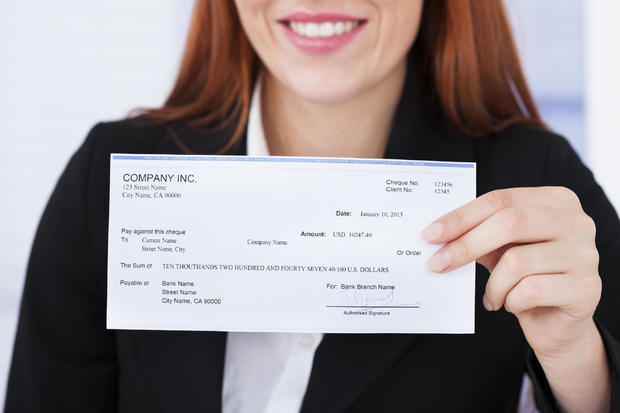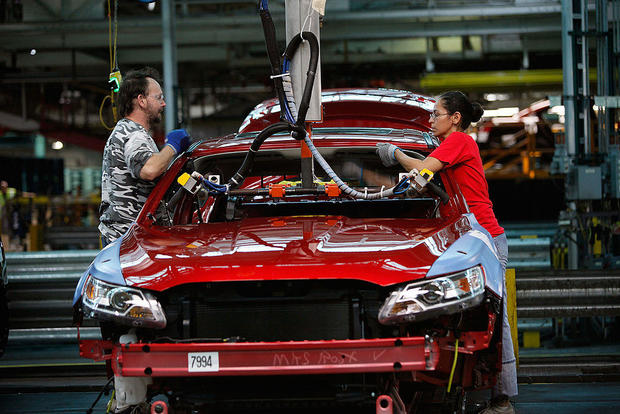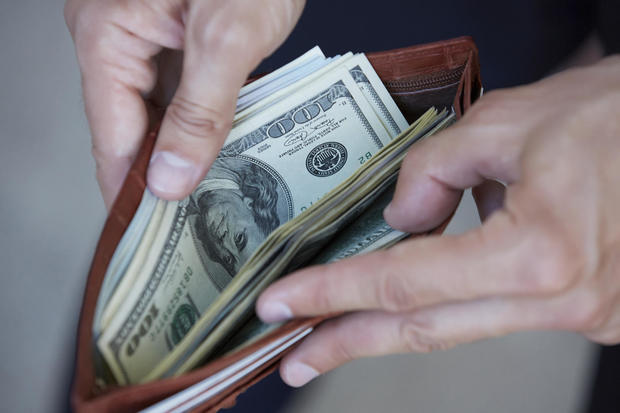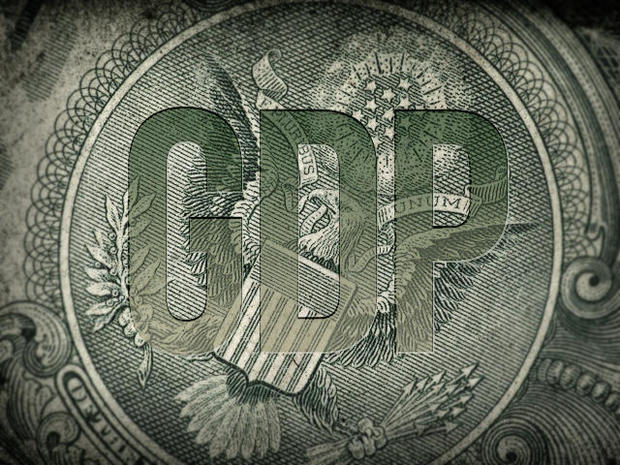7 economic indicators to watch before the election
It's still the economy, stupid.
As James Carville pointed out in the 1992 presidential campaign, voters are attuned to their own economic realities when they consider which candidate they'd prefer in the White House. While only about five weeks are left until the election, a host of economic data will be released in that time, presenting the opportunity for the candidates to convince voters that he or she will best serve their interests.
Of course, voters are swayed by more than economic data. Both Democratic candidate Hillary Clinton and Republican rival Donald Trump have campaign policies that span the gamut of economic and social issues, from taxes to guns. But both campaigns have focused on the economy, including Trump's appeal to workers who have been left behind by globalization. Many families living in states where manufacturing jobs have fled say they still haven't recovered from the economic downturn.
Recent Census data that showed a 5.2 percent median gain in 2015 household income "didn't necessarily eliminate the financial stress that people have felt for a long time and will continue to feel for some time," said Bankrate.com economic analyst Mark Hamrick.
Still, he cautioned that voters may consider economic data as a barometer that confirms their already-set world views. "People look at many data points and either are suspicious of the data point, attach a 'Yes, but ...' kind of thing to it, or they merely say it confirms what I thought already," he said.
A Five Thirty Eight analysis in 2011 found a relationship between economic indicators and presidential election results, although the strength of the link was stronger with some measures -- such as GDP -- than others, such as housing prices.
Read on to learn about seven economic indicators that might influence how voters decide on Nov. 8.
The jobs report
The September jobs report, scheduled to be released on Oct. 7, will give ammunition to either the view that the economy is getting back on track or that it's in dire need of rescue.
The August jobs report showed that employment gains slowed, prompting the Federal Reserve to hold off on raising interest rates earlier this month. The numbers suggested that job creation was "softening," according to The Conference Board, which noted that the manufacturing and mining industries continued to shed jobs.
Jobs reports had the second-highest link to election results out of the more than 40 data points Five Thirty Eight studied. When payrolls are growing, the incumbent party has a better chance of winning.
And for voters who still haven't made up their minds, October's jobs report comes out on Nov. 4, just days before Nov. 8.
Consumer confidence
How Americans feel about the economy provides an important backdrop to the tone of the election. Even though in some states and regions families are still struggling, consumers overall are feeling pretty good.
Consumer confidence has reached its highest level since August 2007, when the country was on the eve of the Great Recession. This September's reading of American household confidence hit 104.1, higher than the 99.1 expected by economists polled by The Wall Street Journal.
The caveat, however, is that lower-income Americans don't view the country's economy with the same confidence as wealthier workers, The Washington Post pointed out earlier this year.
Consumer price index
The consumer price index, or CPI, measures the price of a basket of goods and services that the typical American household buys, keeping tabs on the change from month to month. It can help illustrate the type of inflation that American consumers are facing.
The U.S. is considered to be in a low-inflation environment, thanks largely to lower prices for gas and oil. Yet in August, the CPI picked up 0.2 percent after a flat July, representing a higher increase than some economists had expected. For the 12 months ending in August, the CPI has increased 1.1 percent.
Still, over the past decade, Americans have seen some staggering price hikes. Essentials for getting ahead, such as education and health care, have far outpaced the overall CPI, pressuring household budgets and becoming talking points for both candidates' campaigns.
Personal income
How your paycheck has grown -- or deflated -- may speak volumes about how you feel about the election.
Real average hourly earnings increased 1.3 percent in August when compared with a year earlier. When compared with the CPI's gain of 1.1 percent for the 12 months through August, that means households are inching slightly ahead of inflation.
Median household income jumped 5.2 percent in 2015, or the first annual increase since 2007. But not everyone benefited last year. Men, Southerners and rural residents largely lagged the national median increase, the Census found.
Manufacturing
Manufacturing has historically served as the most influential economic indicator for president elections, according to Five Thirty Eight's analysis. With factory jobs continuing to decline, it's no wonder manufacturing is a hot button topic in the current campaign.
The ISM Manufacturing index declined 3.2 percentage points in August from the previous month. Still, that dip came after five months of expansion. Respondents to the ISM survey gave mixed comments, with some noting a flat business environment and others seeing some strength.
Unfortunately, manufacturing employment is on a long-term decline, with the sector losing 5 million jobs between 2000 to 2014, according to the Economic Policy Institute.
When manufacturing activity is on the rise, the incumbent party gets a boost.
Disposable personal income
Americans like to feel that they have extra money in the pockets. When disposable income is up, the incumbent party is more likely to earn votes at the polls. Disposable income is what Americans have left after they've paid their taxes.
After a decline in 2009 as a result of the recession, personal income has recovered and climbed to new records, according to the Federal Reserve Bank of St. Louis. It rose to a high of $14,059 in July.
GDP
GDP, the country's most cited economic indicator, also has a relationship to elections. The overall measure of economic output explains about one-third of voting results, although the relationship has grown stronger over the years, Five Thirty Eight found. The stronger the economy, the more the incumbent party is favored.
Real GDP growth increased 1.4 percent in the second quarter, picking up the pace from an 0.8 percent increase in the first quarter.
The economy "clearly doesn't get an A, and it doesn't get an F," said Bankrate's Hamrick. "If you look only at growth, you'd say it's subpar. But there are lots of things that feed into it, like the global economy." Overall, he said, he'd give the U.S. economy a "B."
"The fact that it was in the ICU for a while and suffered a near-death experience with the financial crisis, and the fact that it's on two legs now is quite remarkable," he said.

